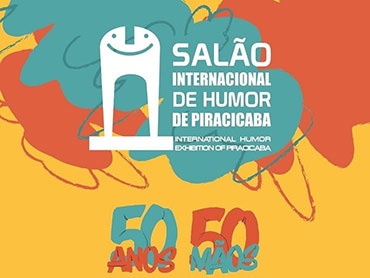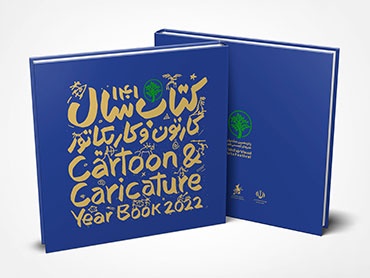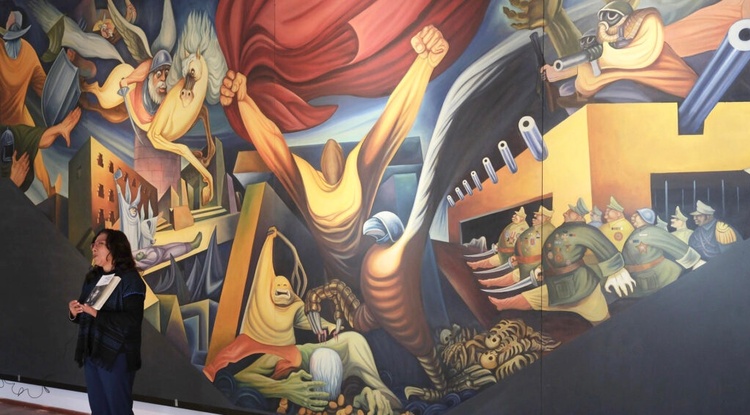
The Bolivian muralist whom the dictatorship could not erase
The perennial tribute to Alandia, the Bolivian muralist whom the dictatorship could not erase
La Paz, July 24 (EFE) - A permanent exhibition hall and a replica of a mural destroyed during René Barrientos' military dictatorship are part of the Bolivian National Museum of Art's (MNA) tribute to the visual artist Miguel Alandia Pantoja, the "painter of the revolution," also considered one of Latin America's great muralists.
The inauguration of the "Miguel Alandia Pantoja" Permanent Hall represents "two great dreams achieved." One of them is to have a space where the artist's work "will be appreciated for many years to come," MNA director Claribel Arandia explained to EFE.
The second was proposed by Alandia's family to replace the mural "History of the Mine," which the artist painted in the former Government Palace, or Palacio Quemado, which was destroyed at gunpoint during the dictatorship.
The gallery is "an early gift" for the bicentennial of Bolivia's independence, which will be celebrated on August 6, and also "a tribute to Bolivian artists who preserve the craft of painting," Arandia added.
Miguel Alandia Pantoja was born in 1914 in the mining town of Catavi, in the Andean region of Potosí, and was a self-taught painter who left behind works representing his revolutionary messages in Chile, Peru, and Bolivia.
Alandia died in exile in Lima in 1975, and his remains were repatriated and buried in the General Cemetery in La Paz. Later, in 2020, they were transferred to the Museum of the National Revolution, where two of his most iconic murals remain.
According to Arandia, one of the aspects that marked the artist was having fought in the Chaco War, fought between Bolivia and Paraguay (1932-1935), because "after seeing the horrors" of that event, "he faced what we call, in the creative process, a conflict about what and why he was going to make art."
"His brushwork has been his way of fighting and denouncing all the abuses suffered during that time, which remain relevant to this day. It's a message that has not died with time, nor with his life," he maintained.
This earned him the nickname "painter of the revolution," as he was also a "fundamental player" in the creation of the country's "emblematic" union institutions, such as the Bolivian Workers' Central (COB).
In 1965, while on tour in Europe, the de facto Barrientos government ordered the destruction of all his work in public and private institutions.
In response, the Bolivian sent letters to Latin American artists and intellectuals "because he considered it a despicable act" for the State to destroy art, gaining the solidarity of Mexicans Diego Rivera and David Alfaro Siqueiros, with whom he built "what we now know as the muralism boom" in the region, Arandia recalled.
Permanent Tribute
In 2024, the Cultural Foundation of the Central Bank of Bolivia (FC-BCB) completed the acquisition of a collection of 152 works by the artist, as well as sketches, newspaper clippings, posters, and correspondence, which were placed in the custody of the MNA (National Museum of Natural History).
To publicize this legacy, which was inscribed last year on UNESCO's Memory of the World Program for Latin America and the Caribbean (Mowlac), the museum decided to mount this permanent exhibition of Alandia's works, "which are of marked importance to Bolivian and Latin American art," MNA curator Danilo Villamor told EFE.
The exhibition features the artist's "most iconic works," including scenes from the Chaco War, figures of Aymara women, miners, working women, and the "apu mamas," a representation of indigenous women "who stand bravely in the face of the injustices that occurred during that time," Villamor said.
The jewel in the crown is the replica of "History of the Mine," the 80-square-meter mural that Alandia painted in 1953 in the Palacio Quemado and that Barrientos ordered destroyed in 1965.
Among the collection acquired by the MNA was the sketch of this mural, which artists Bertha Karita and Champi used to replicate it on a surface measuring ten meters long by three meters wide.
The museum plans to rotate the works on display.
Source
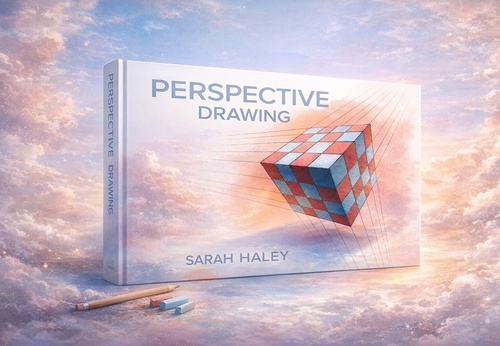
- December 12, 2025
Perspective Drawing | Sarah Haley
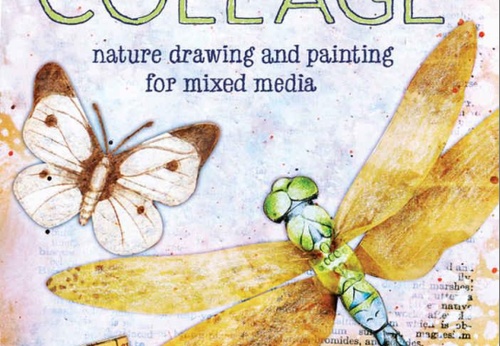
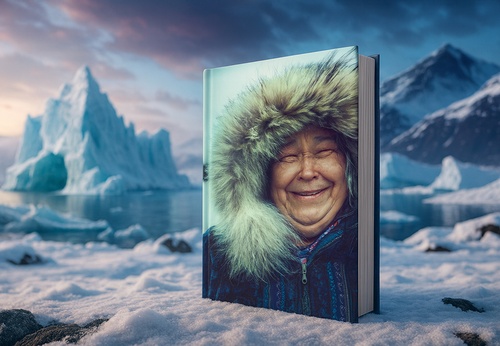
- December 11, 2025
AtEdge | Spring 2024
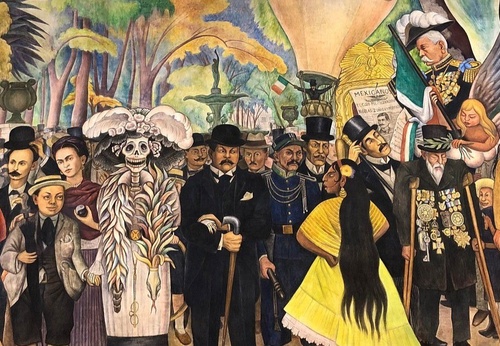
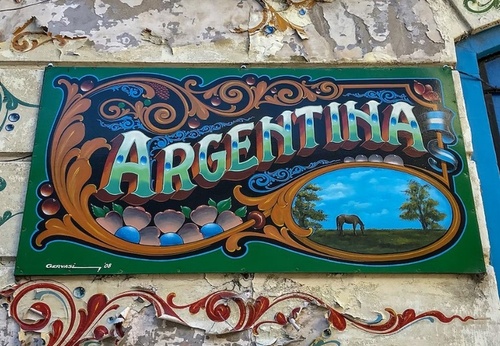
- December 11, 2025
Visual Arts in Argentina: A River of Identity and Transformation

- December 11, 2025
I'm lost ..
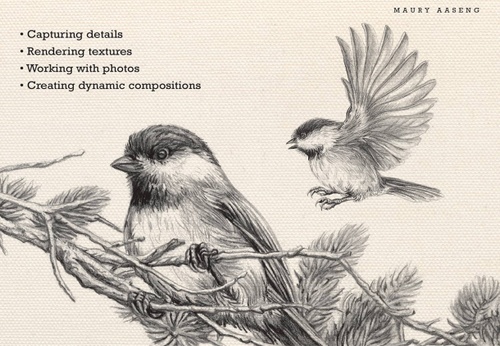
- December 11, 2025
Drawing Birds Step By Step
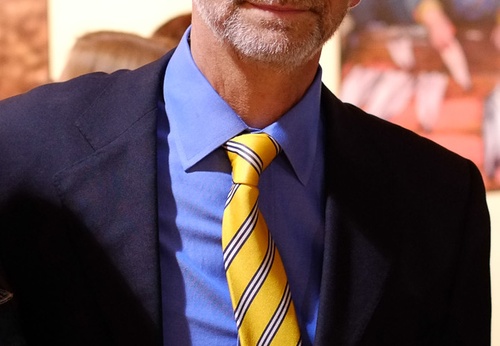
- December 11, 2025
Alfredo Santamaría - Chile
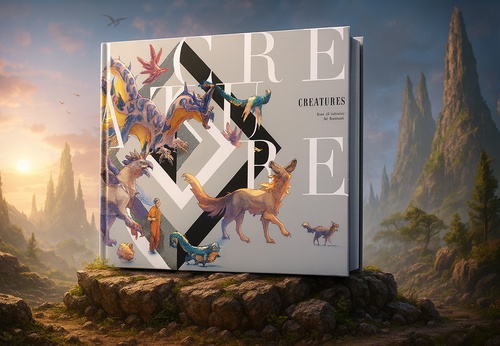
- December 10, 2025
Creatures | Book of Paintings Le Yamaura

- December 10, 2025
Pinta Miami 2025 Reaffirms the Strength…

- December 09, 2025
“GENOCIDE” Exhibition and Controversy O…

- December 09, 2025
Indigo Celebrates its 21st Anniversary …

- December 07, 2025
7 Art and Culture Recommendations for T…

- December 07, 2025
Why is Frida Kahlo the woman with the m…

- December 06, 2025
Argentine Art Makes a Grand Entrance at…

- December 06, 2025
Pinta Miami Highlights Sustainable Lati…

- December 04, 2025
Pinta Miami 2025: Epicenter of Contempo…

- December 03, 2025
Pinta Miami Boosts Latin American Art

- December 02, 2025
Exhibition “Unspeakable Gestures,” by A…

- December 02, 2025
Malba: “Pop Brasil” is an essential exh…

- December 01, 2025
Key Fair for Contemporary Latin America…

- December 01, 2025
Unseen Renoir work resurfaces after a c…

- November 30, 2025
How Brazilian Pop Art Challenged the Di…

- November 30, 2025
Palestinian Artist Transforms War Rubbl…

- November 29, 2025
Latin America's Most Important Craft Fa…

- November 29, 2025
Miami, with a Latin rhythm: the region'…

- November 26, 2025
Frida Kahlo Breaks World Auction Record

- November 23, 2025
Latin American Abstract Painting: From …

- November 23, 2025
Pinta Miami Celebrates 19 Years of Lati…

- October 08, 2023
Illustrations reflect the brutal Israel…

- December 25, 2023
The jury statement of the Iran-Brazil F…

- July 29, 2023
History of Caricature in Brazil

- March 21, 2024
The history of art in Palestine

- April 20, 2024
Poignant Image of Grief Wins Mohammed S…

- May 22, 2025
Brady Izquierdo’s Personal Exhibition O…

- September 01, 2023
Neural Filters in new photoshop 2023

- October 21, 2023
Erick Meyenberg and Tania Ragasol at th…

- June 29, 2024
Exhibition at Centro MariAntonia contra…

- May 15, 2024
Eleven murals for Gaza painted across t…

- February 18, 2024
7 Ways to Understand What Visual Arts A…

- March 14, 2024
museum of statue of van gogh

- March 30, 2024
illustration websites in Latin America

- May 25, 2025
Bordalo II to hold exhibition in Paris …

- March 15, 2024
museum of sculpture of Salvador Dali

- May 20, 2024
Latin American Festival of Performing A…

- August 09, 2023
Venezuela mural expresses solidarity wi…

- July 30, 2024
The artist from San Luis Mirta Celi rep…

- May 27, 2025
Works by Botero, Grau, and 80 other imp…

- January 23, 2025
Art Palm Beach 2025

- May 15, 2024
Eleven murals for Gaza painted across t…

- February 18, 2024
7 Ways to Understand What Visual Arts A…

- January 02, 2025
13 commemorations that will mark the cu…

- October 17, 2023
The influence of Latin American artists…

- February 03, 2024
THE HISTORY OF NAIF ART

- July 02, 2024
One of the largest urban art galleries …

- October 08, 2023
Illustrations reflect the brutal Israel…

- November 17, 2023
Fernando Botero's work is booming after…

- July 29, 2023
Piracicaba International Humor Exhibiti…

- November 06, 2023
Heba Zagout: Palestinian artist murdere…

- December 25, 2023
The jury statement of the Iran-Brazil F…

- December 10, 2023
Sliman Mansour and Palestinian art on t…

- March 14, 2024
museum of statue of van gogh

- February 01, 2025
A maior exposição de Botero em Barcelona

- March 21, 2024
The history of art in Palestine

- July 20, 2024
First International Mail Art Biennial 2…

- April 20, 2024
Poignant Image of Grief Wins Mohammed S…

- October 30, 2023
Palestinian turns images of the Gaza co…

- September 01, 2023
Neural Filters in new photoshop 2023

- February 08, 2024

